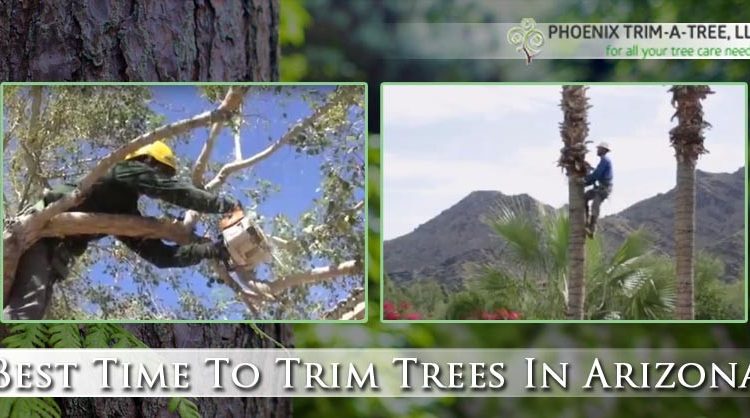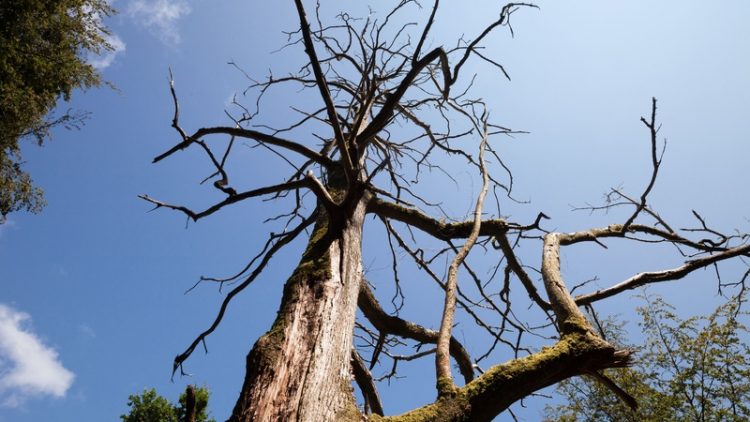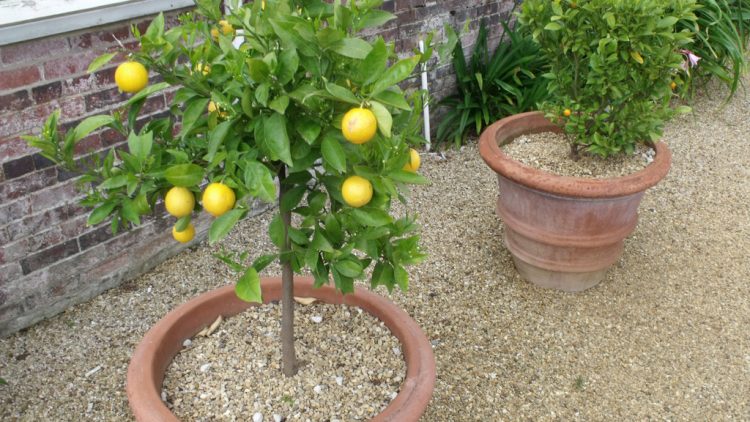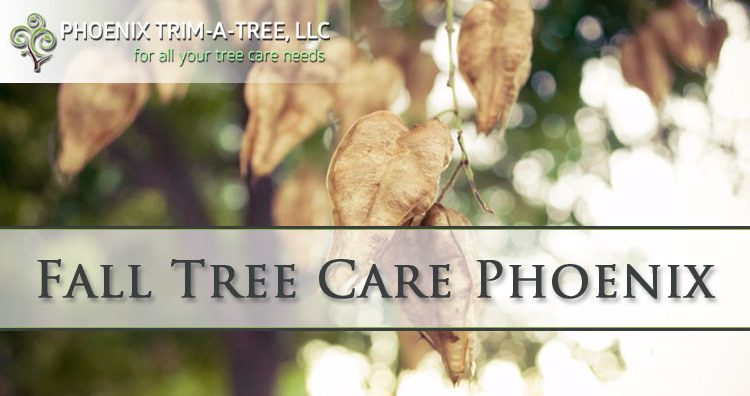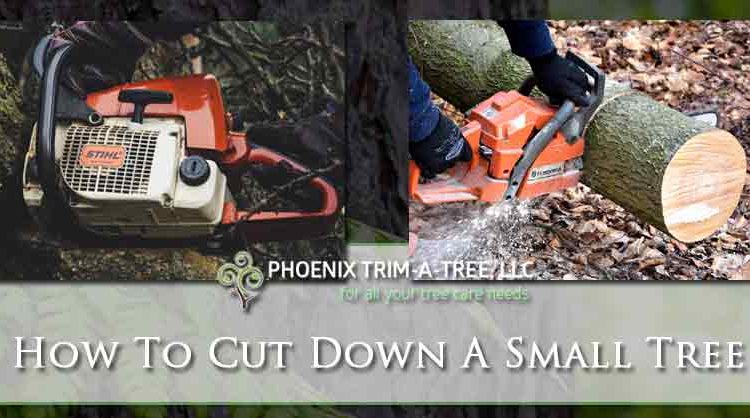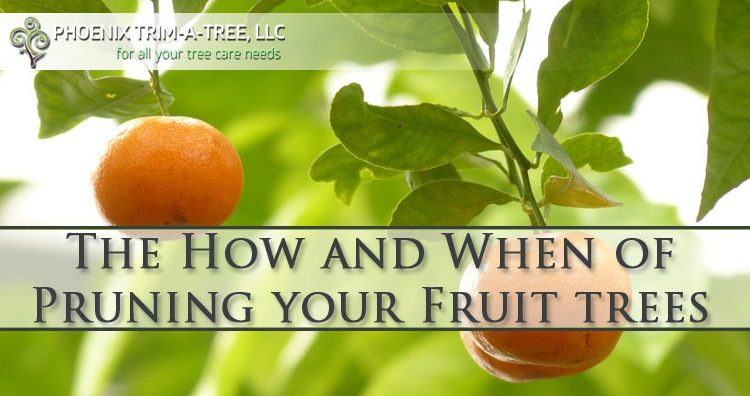How To Water A Cactus
HOW TO WATER A CACTUS
GET A FREE ESTIMATE TODAY!
If you’re searching for how to water a cactus, this guide will help you care for your prickly friend. Did you know, your outdoor cacti require watering too? Below is how you should do just that. If you don’t care for your cacti property they will get sick, die, and need cactus removal. Learn how to water a cactus at your home or business.
HOW TO WATER A CACTUS
One of the most common questions we’re asked as a nursery is, how to water a cactus. Although each situation varies a little, so if you’re already watering your cacti and it is working, ignore these recommendations. These are just the things we have had success with, your situation may be different.
WATER SLOW AND DEEP
When cacti are in the ground, this technique appears to maintain their stress levels to allow for a more even growth. This technique is often known as ‘deep soaking’. A deep soak is steady and slow, dripping from a garden hose. This is often done between two and six hours. The duration is based on the plant size.
WATER IN POTS
When it comes to cacti growing in pots, we water them twice. First, several pots are watered at once in four-foot sections. We water enough to fill pots. Then, we go back water a second time to ensure a deep and even watering for the soil.
REMEMBER, DAILY TEMPS ARE A FACTOR
When you are watering cacti in a warmer climate, you will need to water more often. Whereas, cooler climates do not require water as often or apply as much. For more information on best amounts to water based on your temperatures, check out the Seasonal Watering Tips below.
SIZE OF PLANT COUNTS
This is another factor, as cacti that is bigger and more established will not require watering as often. This is because the bigger a cactus is, the bigger its storage tank is, which is where the cacti store water until needed (think of a camel’s hump). The bigger this tank, the longer it can go between watering. For instance, larger Saguaro may be fine without watering while a smaller 1-gallon Gold Barrel may require a weekly watering.
DON’T WATER NEWLY PLANTED CACTUS
Adding or repotting your landscape? You should plant them dry and wait on watering. When to water is based on temperatures, the cooler your climate is, the longer you should wait to water. Generally, waiting at least a week is recommended to provide succulent roots enough time for healing prior to exposing them to water. Future watering should only be done when soil has become dry at the roots, but each situation will be different.
HOW OFTEN TO WATER A CACTUS
How often you should water you cactus depends on the season, temperatures, and how long your cactus has been growing. Read below for guidelines on how often you should water your cactus.
SEASONAL WATERING
SUMMER – During this time temperatures reach over 90° for several days at a time. Deep soak is the technique we prefer, giving a slow and steady drip from a hose over several hours, depending on the plant size.
NEWLY PLANTED CACTI – Except for Saguaros, when temperatures during the day reach above 90°, do not water before one week of planting. However, if temperatures are UNDER 90°, do not water before two weeks of planting date.
EXCEPTIONS
There are some exceptions to these recommendations. Agaves need to be watered right after planting if temperatures are above 90°. Although, temperatures under 90° should wait to water. Saguaros should not be watered in most cases, ever. Unless you’re currently experiencing a drought period, and you notice the cacti has started shrinking and it’s very dry. Of course, this does not mean simply start hosing down the plant when the feeling occurs, it should be for good reason. Common sense has become an uncommon commodity, so we don’t use the term ‘Common Sense’. The neighbor is not where you should get information regarding landscape plants. If you are advised specific patterns by nurserymen, you should follow them. The neighbor from New Jersey probably isn’t the source to go by!
NEWLY PLANTED CACTUS WATERING
If you’ve just planted your cactus the watering schedule for the summers and winters will be a little different than those that are already well established. Keep in mind that newly planted cactus are more sensitive to higher and lower temperatures.
FIRST SUMMER
Except for Saguaros, both non-native and native cacti should have a deep soaking done at two-week intervals when temperatures are ABOVE 90°. When heat is extreme, Agaves might require watering weekly, but this tends to be too frequent. When in pots, cacti should be in full sun and need to be checked for moisture frequently because roots will be exposed to extreme heat daily. To check for moisture, simply push a wooden paint stick or unfinished dowel in the soil to the bottom. Leave it in for 15 to 20 minutes, then check it for moisture. The reason for it to be unfinished, is to allow it to soak up moisture. This will teach you the pattern needed for watering your cacti.
FIRST WINTER
Except for Saguaros, when temperatures drop UNDER 90°° during the day, non-native and native cacti should both receive a monthly deep soak. However, this should only be done if rainfall is under 1-inch per month. If your area is receiving over 1-inch of rain per month, do not water the cacti.
SECOND SUMMER
Except for Saguaros, when temperatures are ABOVE 90° during the day, native cacti need a monthly deep soak. However, non-native cacti need two deep soaks per month.
SECOND WINTER
Except for Saguaros, you should never water native cacti, even with rainfall absence during the winter. However, a non-native cactus should receive a monthly deep soak.
THIRD SUMMER AND THERE AFTER
With the exception of Saguaros, a native cactus should not require additional watering and should be naturalized at this point. Non-native cacti at this point, should be naturalized and not require watering. However, during periods of extreme heat and not rainfall, a monthly deep soak is suggested.
CACTUS CARE & REMOVAL SERVICES
If you need some help keeping a cactus healthy or a cactus on your property needs to be removed, Phoenix Trim-A-Tree can help! Our team can help ensure that your cacti are getting the right soil nutrients and can remove dead or damaged cacti from your landscape. We are licensed and insured to provide all of our customers peace of mind no matter how big a job is. Call today for more information about or cactus care and removal services at 480-962-0701.


